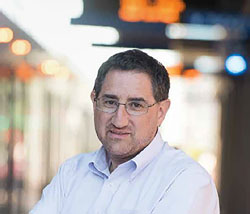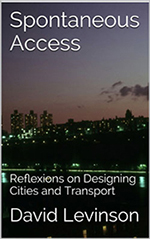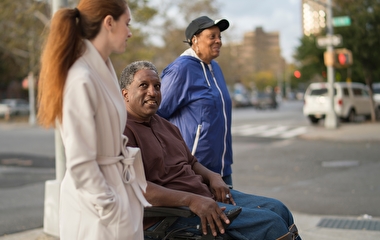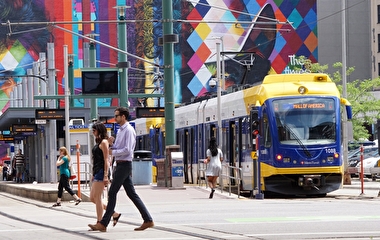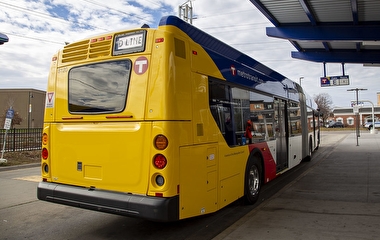Professor David Levinson, a prolific transportation researcher and thought leader, is joining the School of Engineering at the University of Sydney. He is currently an adjunct faculty in the Department of Civil, Environmental, and Geo- Engineering, where he served on the faculty from 1999 to 2016. He held the Richard P. Braun/CTS Chair in Transportation from 2006–2016 and also served as managing director of the Accessibility Observatory. Levinson shares reflections below.
What are some highlights of your U of M research?
I engaged in dozens of projects at the University. Three of the most interesting areas to me were:
Network evolution. How do networks grow and shrink over time? Looking at historical cases (especially London and the Twin Cities) as well as building interesting simulation models gives new insights into the problem. We can probably apply lessons from the past toward designs for new networks, from bike lanes in the cities to networks for autonomous vehicles in the future.
I-35W bridge collapse. The collapse of the I-35W Mississippi River Bridge was a tragedy, but we were also able to use it to learn a lot about traveler behavior both on a daily basis and in response to system shocks. With support from several funding agencies (NSF, OTREC, MnDOT, U of M), colleagues and I were able to instrument a large number of cars with GPS devices and track their daily movements before and after the replacement bridge opened. This data set was extremely rich and was used by five students in their dissertations on various topics, including route choice, destination choice, travel time perception, bounded rationality, and reliability.
Accessibility. From the Access to Destinations project of the mid-2000s to the Accessibility Observatory’s National Accessibility Evaluation, we have measured accessibility, first for the Twin Cities at the traffic zone level and then for the entire United States at the census block level. These projects illustrate the increasing computational power and new ‘big data’ opportunities that have emerged in the past decade.
Will you maintain a connection with the U of M?
I will stay involved with accessibility research and continue to supervise several graduate students here. I will also stay on as editor of the Journal of Transport and Land Use and help with the World Symposium on Transport and Land Use.
What’s your research focus at the University of Sydney?
I will try to work more on network and land-use designs given the changes being brought about by new transport technologies (especially automation, electrification, and mobility-as-a-service) and changes in underlying travel patterns with new kinds of work, shopping, and socializing. This work will inevitably be more speculative than empirically-based work that examined how people actually behaved in some time past as recorded in data, or how networks did evolve, as it is future-looking. But trying to design for the future is the core task for infrastructure building in a rapidly changing world.
What are some of the unique challenges in Australia? Any similarities?
Beyond technology changes, Australia is growing much faster than the U.S. and investing far more in new infrastructure. Sydney is in various stages of building a new Metro system, several light-rail lines, a new airport, and a major underground freeway network. Unlike Minneapolis, Sydney is constrained by an ocean on one side and mountains on the other, so it is increasingly building ‘up’ as well as ‘out.’ The transport problems are more severe than Minneapolis (or most U.S. cities), but there is a willingness to act there that is hard to find in the present-day U.S. From a transport perspective, it’s fascinating to watch.
Final thoughts?
Of course they also drive on the wrong side of the road.
